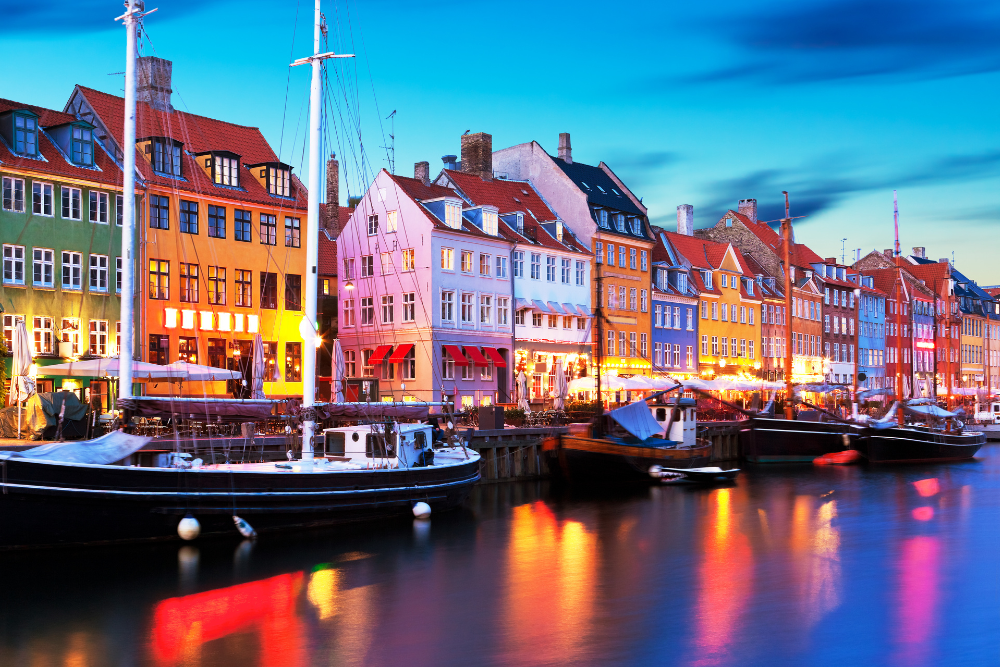Denmark is known for its cozy, intimate atmosphere, and when it comes to Christmas, this feeling of warmth and togetherness is taken to a whole new level. The Danes celebrate Christmas with a unique blend of traditions, food, music, and a strong sense of hygge—the Danish concept of comfort, coziness, and contentment. If you’re looking to experience a magical holiday season, Denmark is the perfect place to immerse yourself in festive cheer.
From Christmas markets brimming with seasonal delights to traditional Danish feasts and cozy winter evenings by the fire, here’s your guide to experiencing Christmas in Denmark.
1. Christmas Markets: A Winter Wonderland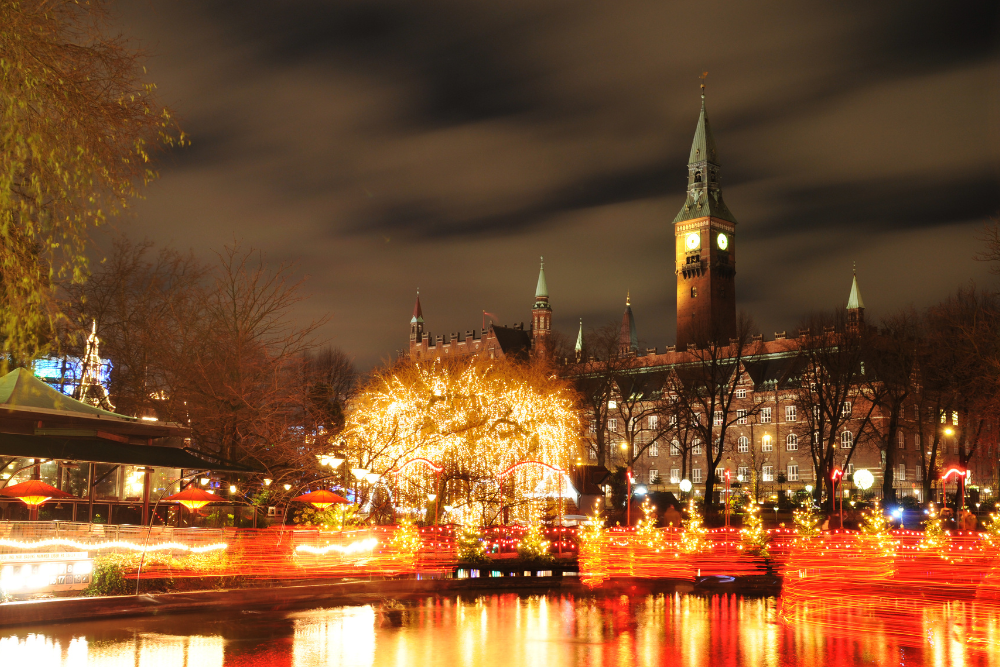
Denmark’s Christmas markets are the heart and soul of the country’s holiday celebrations. These charming markets, filled with festive decorations, twinkling lights, and the scent of mulled wine and freshly baked goods, are scattered across Denmark’s cities and towns. The best way to get into the Christmas spirit is to visit one of these enchanting markets.
Top Christmas Markets in Denmark
- Tivoli Gardens (Copenhagen): One of the most iconic Christmas markets in Denmark is held at Tivoli Gardens in Copenhagen. The park is transformed into a winter wonderland with thousands of twinkling lights, festive decorations, and over 60 stalls selling everything from Christmas ornaments to delicious seasonal treats. Don’t miss a cup of gløgg (mulled wine) and a serving of Danish æbleskiver (sweet, round pancakes dusted with powdered sugar).
- Nyhavn Christmas Market (Copenhagen): Another popular Christmas market in Copenhagen takes place along the picturesque Nyhavn harbor. The colorful buildings and historic boats create a magical setting for the market, where you can find a variety of Danish handicrafts, food, and drinks. Warm up with a cup of hot chocolate or mulled wine as you stroll along the stalls.
- Odense Christmas Market (Odense): The hometown of Hans Christian Andersen also hosts one of Denmark’s most charming Christmas markets. The Odense Christmas Market is known for its fairy-tale ambiance, with streets lined with lights, Christmas decorations, and stalls selling traditional Danish Christmas goods. The market is perfect for families, with events for children, storytelling, and performances.
- Aarhus Christmas Markets (Aarhus): Aarhus, Denmark’s second-largest city, is known for its festive holiday spirit. The Christmas Market at Den Gamle By (The Old Town) is particularly popular. It features historic buildings, costumed actors, and a beautiful display of traditional Danish Christmas crafts and foods.
- Kolding Christmas Market (Kolding): The Koldinghus Castle in Kolding hosts a wonderful Christmas market that features medieval ambiance, twinkling lights, and a mix of modern and traditional Christmas goods. You’ll find unique gifts, festive foods, and plenty of Danish delicacies to sample.
2. Danish Christmas Traditions
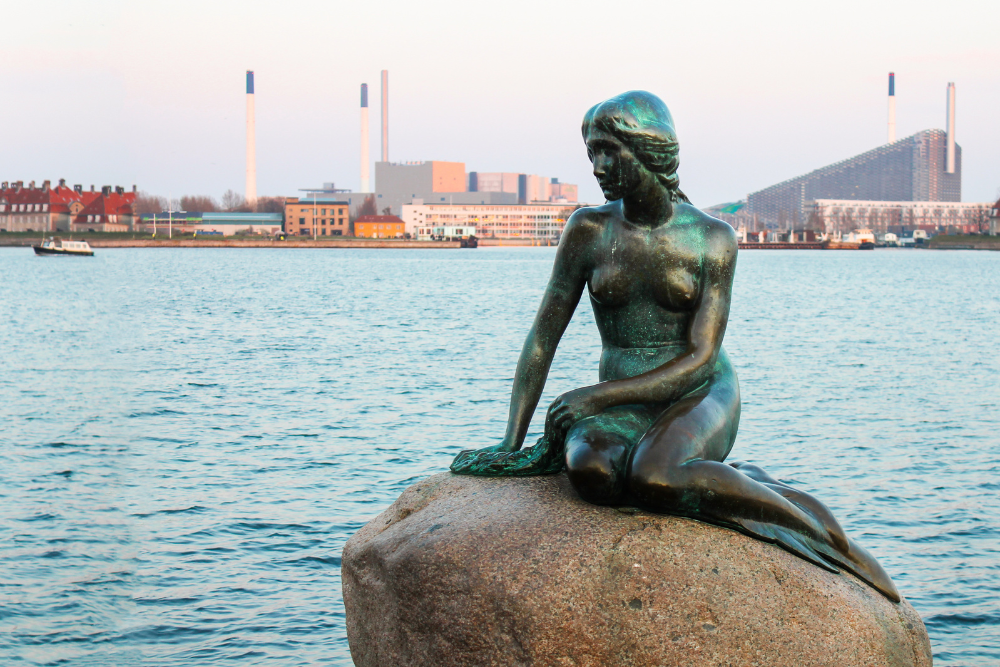
Christmas in Denmark is deeply rooted in traditions that revolve around family, food, and togetherness. The holiday season is a time for cozy gatherings, festive meals, and honoring age-old customs that bring joy and warmth to the winter season.
Traditional Christmas Food
- Christmas Eve Dinner: In Denmark, the main Christmas celebration takes place on Christmas Eve (Juleaften), and food plays a central role. The traditional Christmas Eve dinner often consists of roast pork, duck, or goose, served with red cabbage, boiled potatoes, and gravy. A favorite side dish is risalamande, a rice pudding made with chopped almonds, often served with cherry sauce. The pudding is particularly special because it contains one whole almond, and the person who finds it in their serving gets to open the first gift of Christmas.
- Gløgg: No Danish Christmas is complete without a steaming mug of gløgg, a spiced mulled wine made with red wine, sugar, cinnamon, cloves, and orange peel. It’s usually served with almonds and raisins floating inside. Gløgg is a must-try at Christmas markets, where you’ll find vendors serving it in festive mugs.
- Æbleskiver: These round Danish pancakes are a Christmas treat that can be enjoyed as a snack or dessert. Typically served with powdered sugar and jam, they’re crispy on the outside and soft on the inside. Æbleskiver are especially popular during the holiday season and can be found at most Christmas markets and in homes across Denmark.
- Klejner: Another Danish Christmas treat is klejner, a type of deep-fried pastry flavored with cardamom. These crunchy, sugary delights are perfect for snacking with a cup of gløgg.
Christmas Decorations and Advent
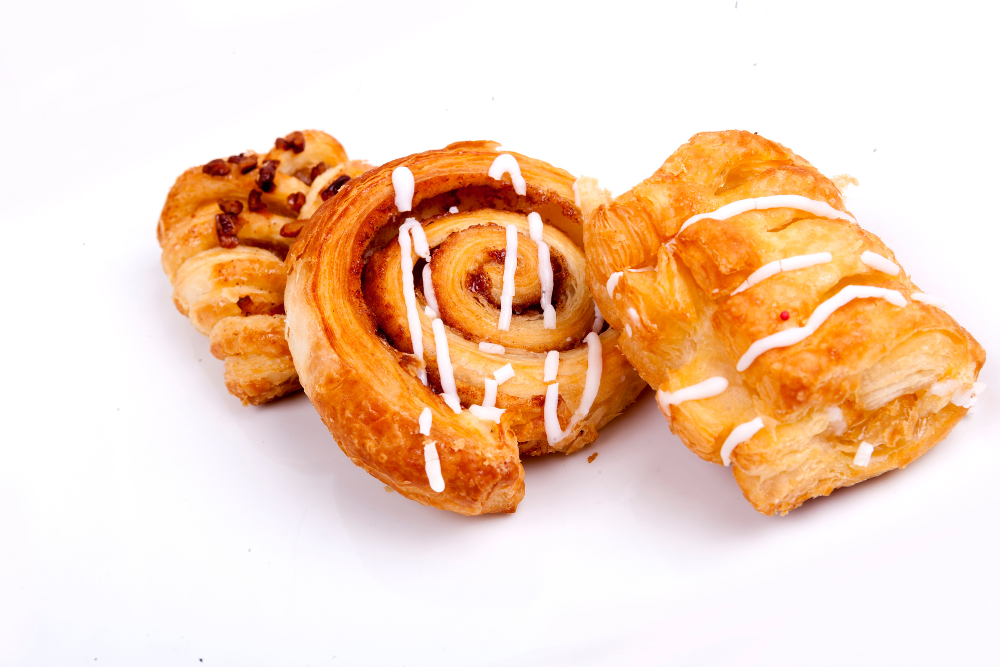
- Advent Candles: In Denmark, many homes feature an Advent wreath with four candles. Each Sunday leading up to Christmas, one candle is lit. On Christmas Eve, all four candles are typically lit to symbolize the arrival of Christmas. This tradition is accompanied by cozy evenings, Christmas songs, and family gatherings.
- Christmas Lights and Stars: Danish homes are beautifully decorated with paper stars and candles. The stars are often placed in windows, casting a warm glow and adding to the hygge atmosphere. The Danish love their Christmas lights, and the streets of Copenhagen and other cities shine brightly with festive displays.
- Christmas Tree: The Christmas tree is central to Danish Christmas celebrations. It’s usually decorated on Christmas Eve, and families gather to sing carols around the tree before dinner. The tree is often adorned with traditional candles, ornaments, and garlands.
Christmas Day and Boxing Day
- Christmas Day (Julefrokost): While Christmas Eve is the main event, Christmas Day is a more relaxed affair. It’s often spent with family, enjoying leftovers from the Christmas Eve dinner or having a Julefrokost (Christmas lunch), which includes a smorgasbord of pickled herring, smørrebrød (open-faced sandwiches), roast meats, and a variety of pickled and preserved foods.
- Boxing Day (2nd Christmas Day): Boxing Day (or Second Christmas Day) is also celebrated in Denmark as a continuation of the Christmas holiday. Many families go for a winter walk, visit relatives, or enjoy some quiet time at home.
3. Hygge: The Essence of Danish Christmas
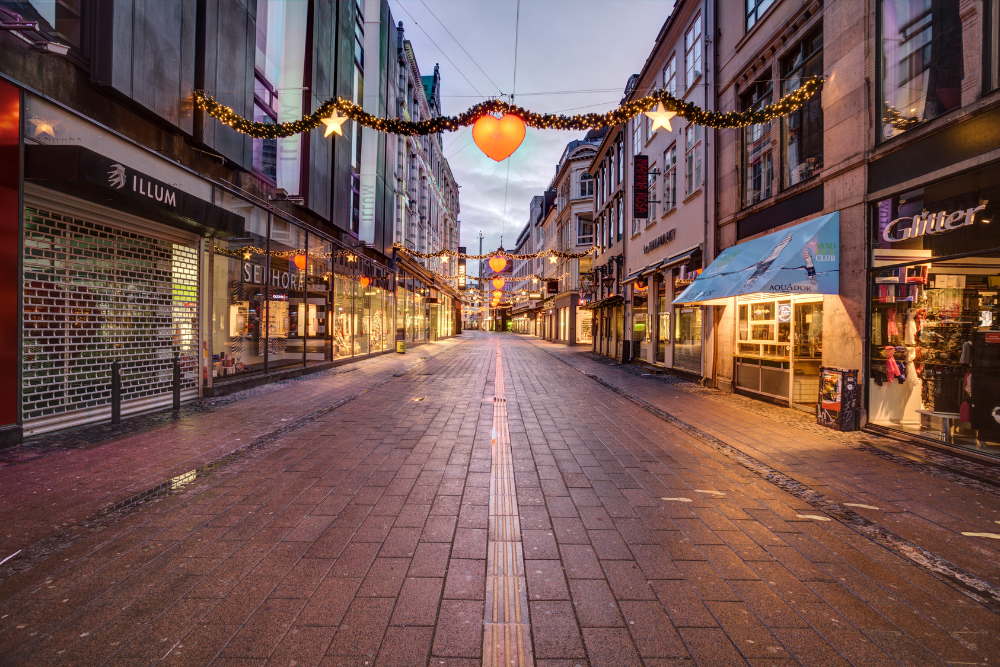
One of the core concepts of Danish Christmas is hygge, a word that doesn’t have a direct translation in English but can be described as a feeling of coziness, comfort, and well-being. During Christmas, hygge is everywhere—whether it’s in the warmth of a crackling fire, the glow of candlelight, or the time spent enjoying good food with loved ones.
How to Experience Hygge at Christmas in Denmark
- Candlelight and Cozy Spaces: Danish homes are filled with candles during Christmas, creating a soft and inviting atmosphere. The low light is said to promote feelings of comfort and warmth. Many cafes and restaurants in Denmark also embrace hygge by creating cozy, candle-lit spaces that are perfect for enjoying hot drinks and pastries.
- Winter Walks: Embrace the Danish tradition of taking a winter walk after a hearty Christmas meal. The brisk, chilly air combined with the quiet of nature creates a peaceful atmosphere, and you’ll likely see many Danes strolling through snowy streets or along the coastline.
- Hot Drinks and Comfort Food: Whether it’s sipping a cup of hot cocoa by the fire or enjoying warm apple cider with friends, food and drink play a key role in creating a hygge experience. Danish Christmas treats like æbleskiver, gløgg, and gingerbread cookies make perfect accompaniments to a cozy evening.
Conclusion
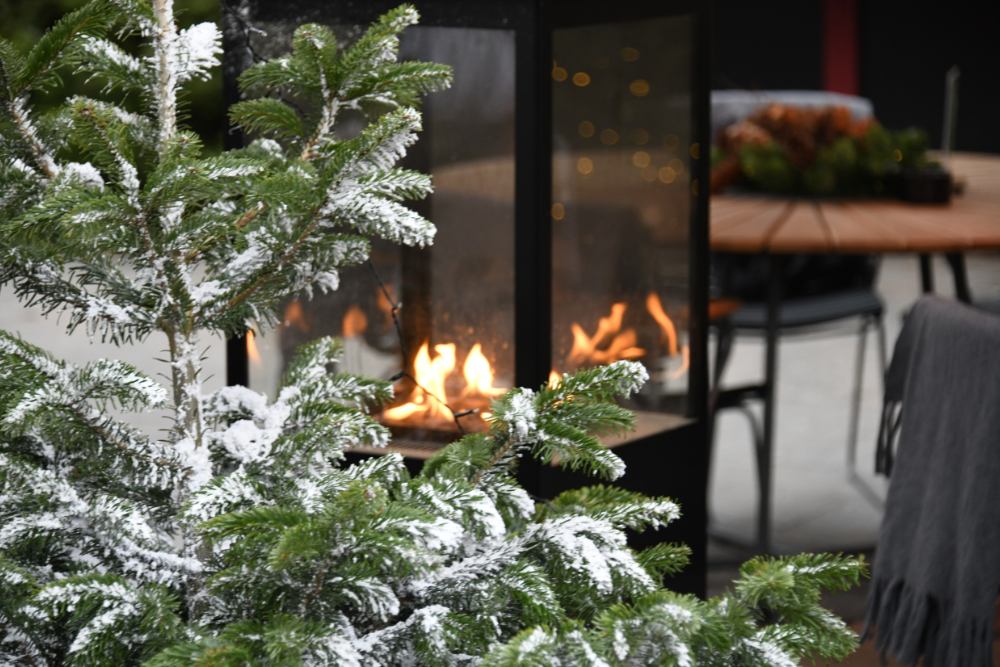
Christmas in Denmark is a magical time of year, filled with festive markets, traditional foods, and an undeniable sense of hygge. Whether you’re wandering through the twinkling lights of Copenhagen’s Christmas markets, enjoying a hearty Danish Christmas dinner, or soaking in the warmth of candlelight, Denmark offers an unforgettable holiday experience. It’s a time to embrace togetherness, reflect on the season’s blessings, and savor the simple pleasures of life. So, if you’re looking to experience Christmas like the Danes do, pack your bags and head to Denmark for a holiday filled with warmth, joy, and festive cheer.



